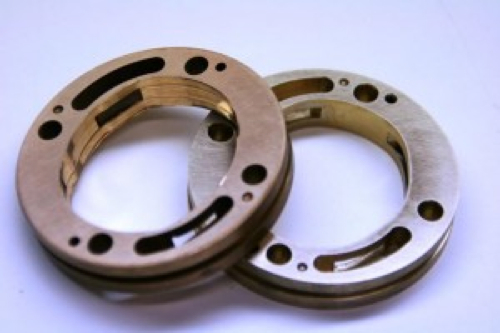1:1 Boost Reference Fuel Pressure Regulators
The Pressure Reference Port provides a point of reference for fuel pressure control. With forced induction systems (turbocharging and supercharging), this port is used to receive a “boost reference” to increase fuel pressure under boost conditions.
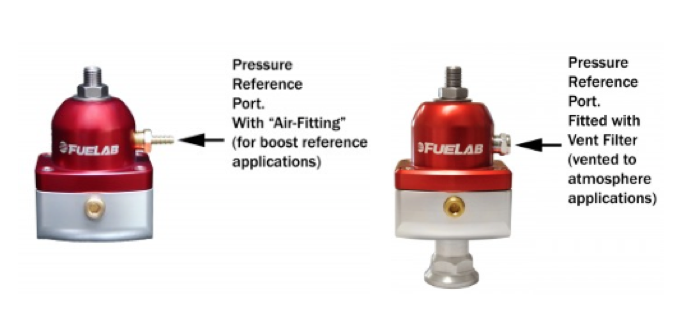
Five Fuel Events That Happen In Common Rail Direct Injection
Common rail injection for mid-size trucks has been around for nearly 15 years. While many owners appreciate the quietness and dependability of their diesel engines, many have no clue as to what changes have taken place to the fuel system in order to not only make their diesel perform, but also be emissions-compliant.
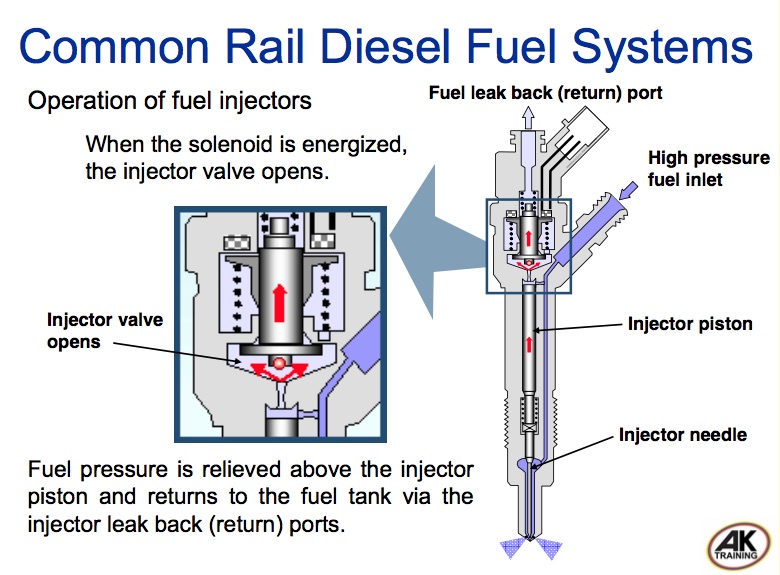
Honda K-Series Engine Bearing Identification, Installation
Honda uses a specific bearing selection process for both rod and main bearings. It includes using a chart along with the identified parts included in the engine being rebuilt. Connecting rod bearing selection uses 4 possible rod journal codes to match with 4 big end bore codes that are color coded based upon size. A
How Oil Change Habits Are Killing Turbos
Turbochargers are used to enhance an engine’s performance and optimize combustion. To achieve good and complete combustion in the engine, a mixture ratio of 2.2 lbs. fuel and approximately 33 lbs. air is necessary (stoichiometric fuel ratio). During turbocharging, the density of the intake air is elevated and the air volume increased. The volumetric efficiency
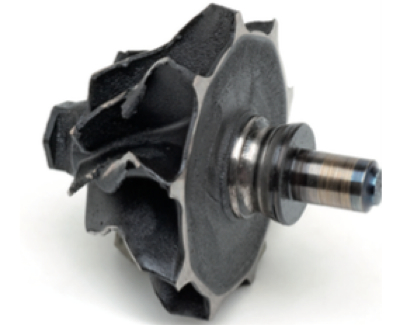
Shop Solutions October 2015
Managing your scrap is an everyday chore. We all know aluminum pistons are worth more than aluminum mill waste, but by removing pins and rings they’re worth even more.
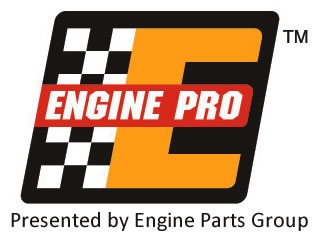
Chevy’s New ZZ6 Engine Celebrates 60 Years of V8 Power
Developed with contemporary technologies, including a high-rpm valvetrain, Chevrolet Performance’s new ZZ6 engine offers builders a modern twist on the classic Chevy Small Block 350. It uses updated Fast Burn cylinder heads with beehive-style valve springs inspired by the LS engine family.
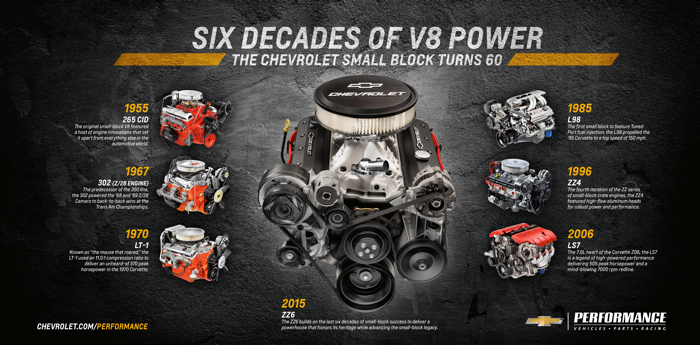
The Rotary Engine Might Not Be Dead
With the landscape of automotive power-trains continuing to evolve, one contender whose future looks as uncertain as ever is the Wankel or rotary design. But uncertain as its future may be, the prospects of the Wankel might have just improved. It seems Mazda has yet to give up on the rotary engine.
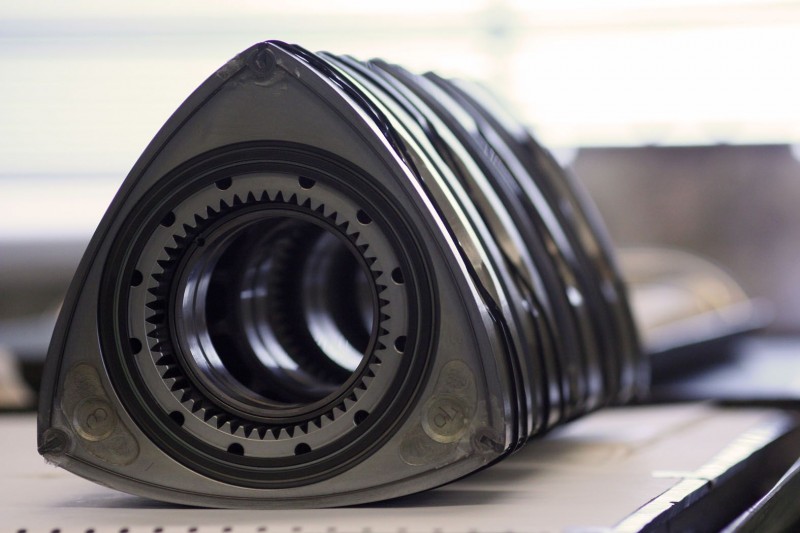
My Cheating Heart
Like most racers, I was not keen on tech officials and some of the rules they enforced during my drag racing career. But in 2004, as my racing career was winding down, a friend named Chris McMahan, Operations Manager of RT. 66 Drag Strip in Joliet, IL, talked about having me come work for him on his tech official staff. That bizarre idea intrigued me – so I did it.
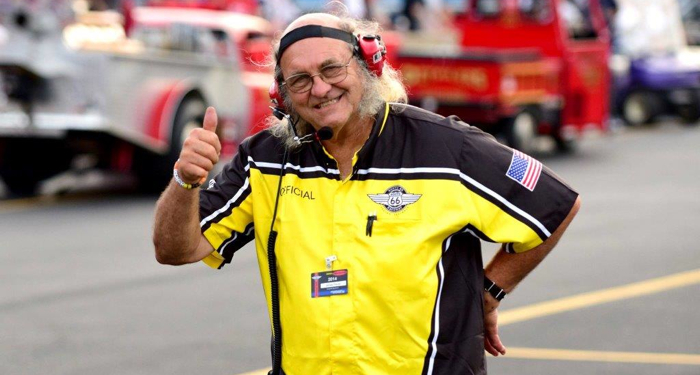
Connecting Rods
They say an engine is only as reliable as its weakest link. The connecting rods that join the pistons with the crank can be a strong link or a weak link depending on the rods that are used.
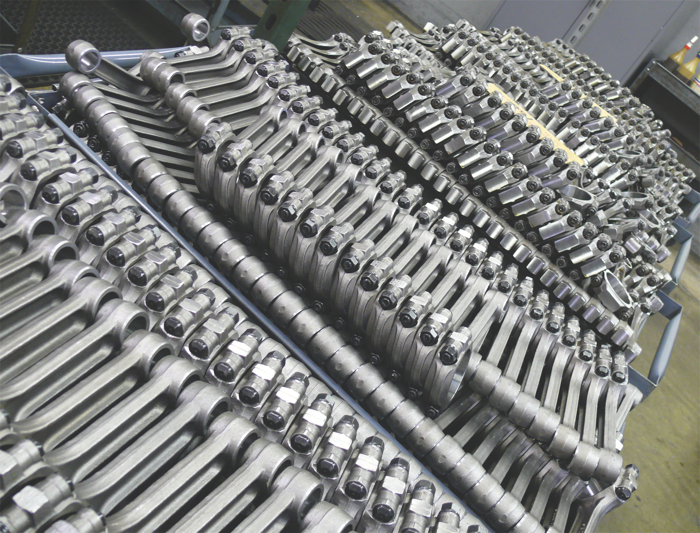
Foreign Exchange – Profiting From Import Engine Rebuilds
Today, vintage European cars are once again becoming popular, and often for the very same reasons that made them take off almost 60 years ago. Happily, along with increasing interest in such cars comes a rise in demand for engine rebuilding services.
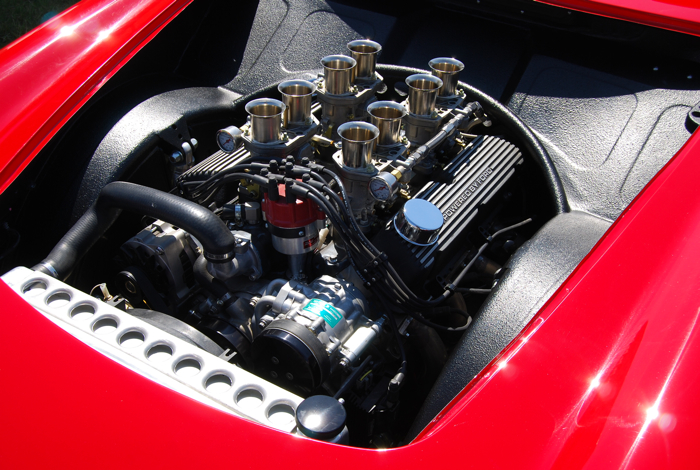
Liners and Sleeves
Sleeves are certainly not new technology and experts say that, for the most part, engine builders and machine shops understand the use and functionality well. But is a liner and a sleeve the same thing? Is a hole just a hole? Publisher/Editor Doug Kaufman takes a deeper dive.
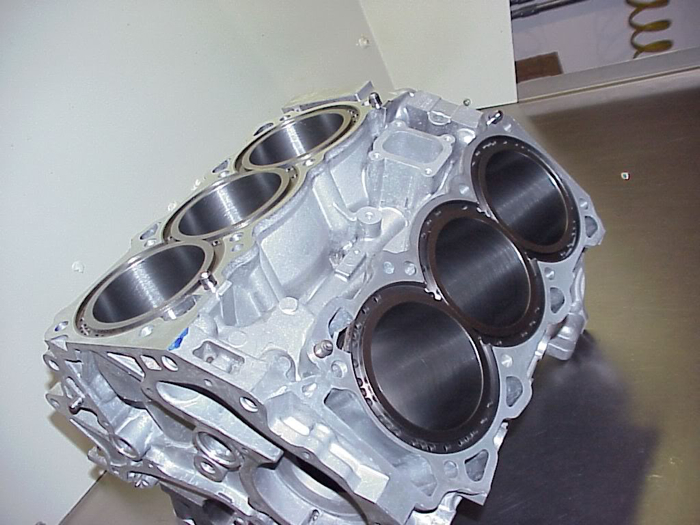
What is Cavitation? How to Avoid It.
The most common failure of high flow fuel systems is cavitation, or “vapor-lock”. The combination of too much heat or too much inlet restriction can create this operating condition, where the liquid fuel literally vaporizes (boils) inside the pump assembly. However, this can be avoided.
